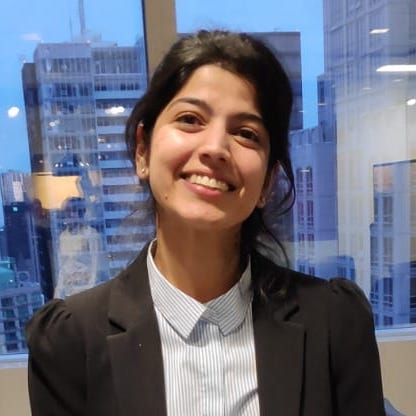Machine learning with Quantum software
Lecture, European Summer School on Quantum AI, Udine, Italy
In this introductory tutorial, we will explore how various quantum softwares are set up and how to code quantum machine learning models in them. More specifically, we will look at Pennylane and Tensorflow quantum in detail. For both softwares, we will explore their underlying structure, how data is embedded into quantum states, how variational quantum models are setup, how optimization and gradient routines are carried out and how machine learning problems can be expressed using quantum learning models.
